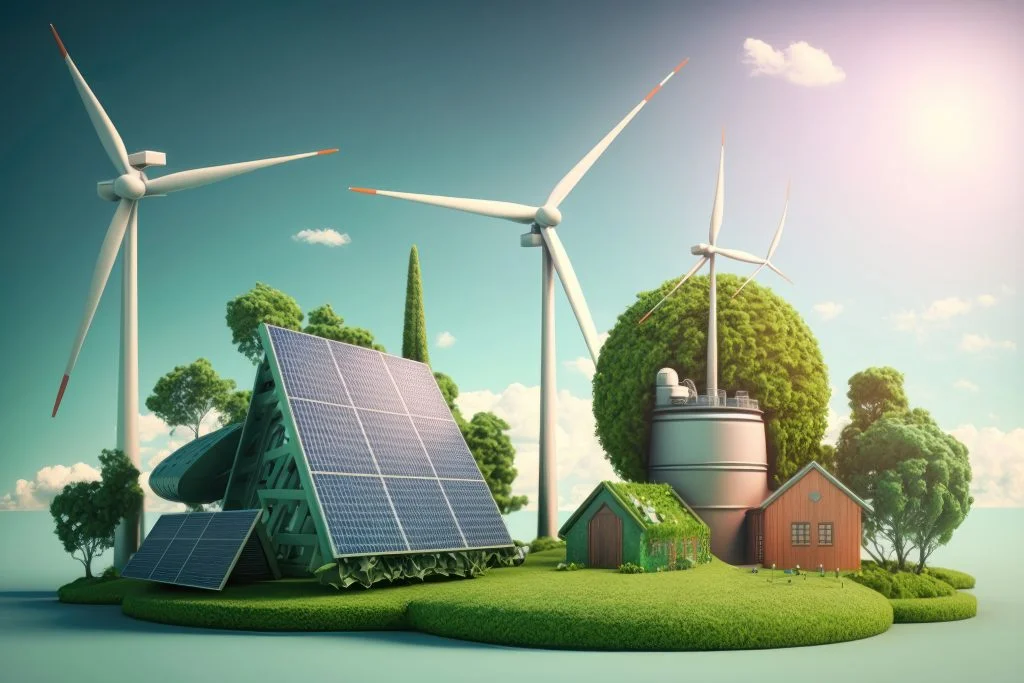A new report from Wood Mackenzie highlights India’s ambitious plan to invest $600 billion in its power sector by 2035. India is gearing up for a massive investment in its power sector. A new report says the country will need $600 billion over the decade to increase energy capacity, modernize grids, and strengthen supply chains. On March 21, 2025, this was announced as part of a push to respond to increasing demand and advance clean energy targets. Here’s what this is doing and what it signifies.
An $600 Billion Commitment
India’s energy industry has mammoth problems to solve. As the demand for energy increases, India intends to invest $600 billion by 2035. “This stronger growth could lay the groundwork for faster and more durable decarbonization,” said Roshna Nazar, Research Analyst, Energy Transition at Wood Mackenzie. The investment reflects India’s push to balance growth, security, and emissions cuts.
Why the Need?
India’s economy is booming, and so is its energy appetite. Power demand is projected to hit nearly 4,000 terawatt-hours (TWh) by 2033, driven by industry and households. Coal use is expected to nearly double to 2.2 billion tonnes, but renewables will also grow fast. The $600 billion will fund solar, wind, and grid upgrades to meet this demand while cutting carbon. Use of steel will grow 9% per annum to reach 317 million tonnes by 2033, stressing the energy system.
Main Areas of Focus
- Capacity Generation: New power plant development, renewable and coal capacity.
- Grid Network: Strengthening the networks to support more electricity.
- Supply Chains: Increasing domestic production of gear used in the energy industry.
- Decarbonization: Encouraging cleaner technology towards net-zero emissions by 2070.
Challenges and Opportunities
It will not be easy. Land, money, and policy will probably be the constraints. India will need to balance energy security with emissions cuts, particularly with coal remaining at the centre. It can create jobs, drive manufacturing, and make India a clean energy leader. Private sector partnerships and quick clearances will be crucial, the report added.
The Bigger Picture
While the world is shifting towards renewables, India wants to be the solar, wind, and green hydrogen champion.The $600 billion investment is backing its 500 GW of non-fossil fuel capacity by 2030 goal. It is also in line with reducing the import reliance after 2035. “Apart from increased imports, quicker growth will necessitate a gigantic investment in indigenous energy production, oil refining, steel-making, and low-carbon supply chains,” the report says.
By 2033, India’s economy may be worth almost $9 trillion, which is double the current $3.2 trillion. This growth will be powered by that power surge in achieving climate ambitions. With plans and partnerships underway, India’s future of energy is bright. The $600 billion scheme is a progressive leap towards energy powering progress—and the world.

